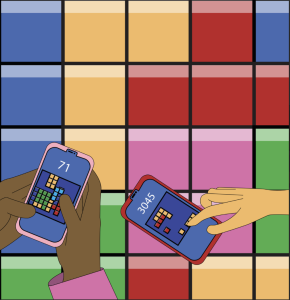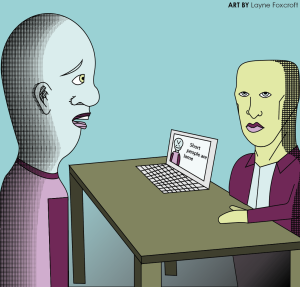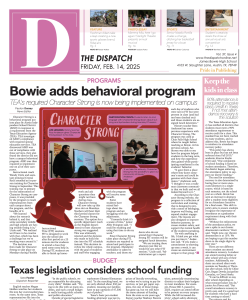
Isadora Parra, Dispatch Reporter | May 7, 2025

Audrey Cullinane, Multimedia Editor-in-Chief | May 6, 2025

Sofia Yordanova, Dispatch Reporter | May 6, 2025
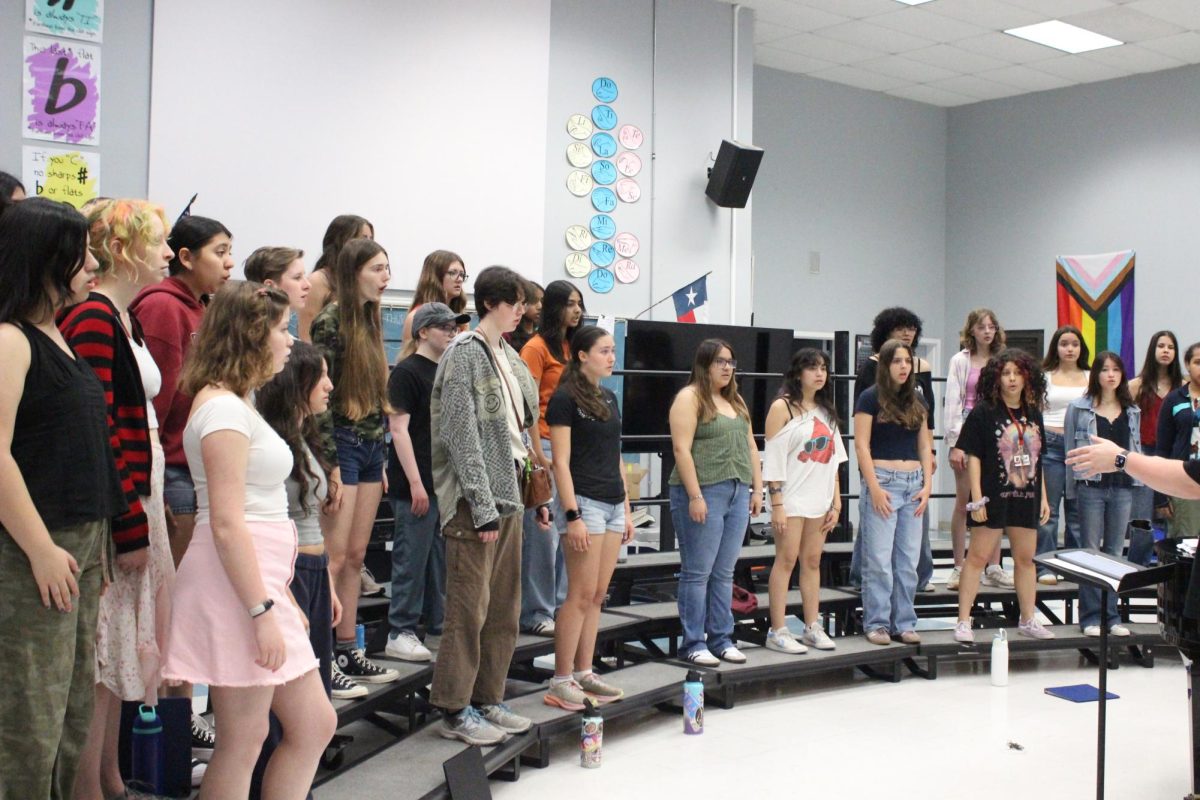
Eliza Williams, Dispatch Reporter | May 5, 2025

Elizabeth Yowell, Editor-in-Chief | May 5, 2025

Kate Alexander, Dispatch Reporter | May 2, 2025
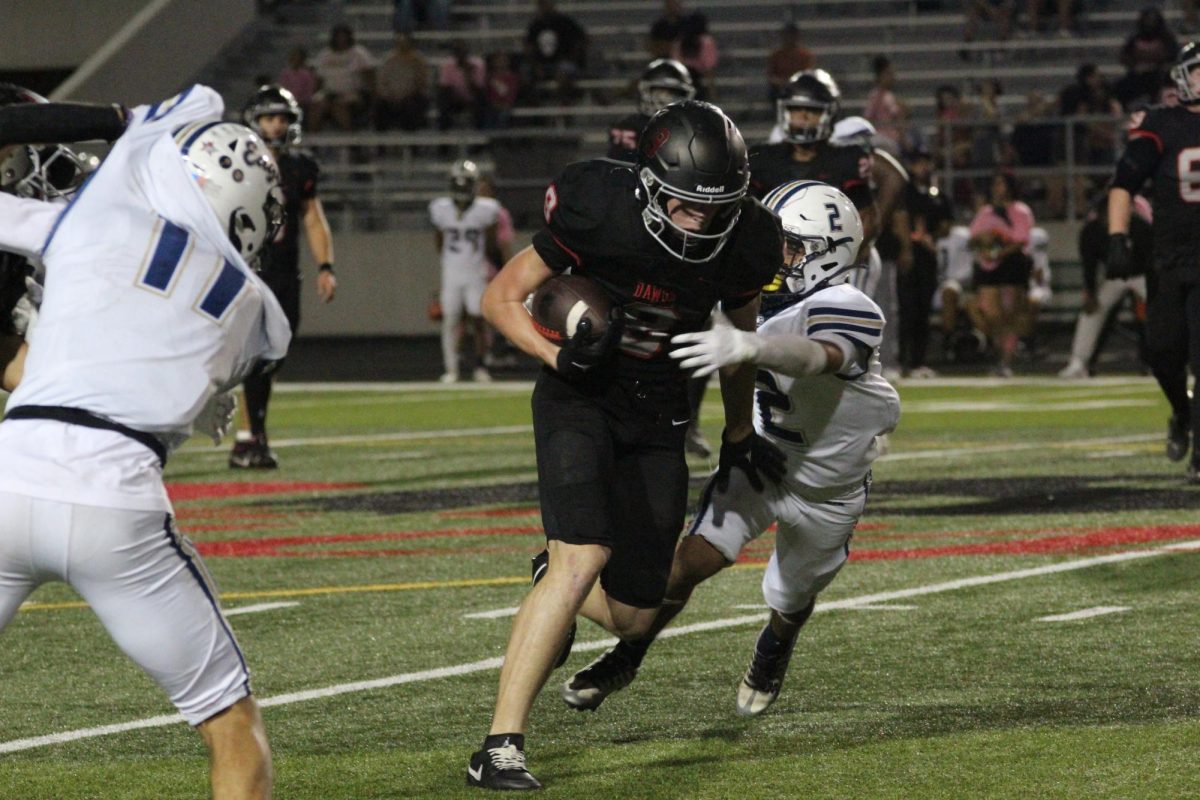
Olivia Hunter, Dispatch Reporter | May 2, 2025

Editorial Board | May 1, 2025

Bentlee Toland, Entertainment Editor | April 30, 2025

Eve Johansson, Dispatch Reporter | April 29, 2025
What do Texans do when their usually hot weather suddenly turns into a snowman-making climate or their roads are suddenly flooded? Junior Kailie Dubbs expressed that the...

This week, Bowie celebrates Teacher Appreciation Week by recognizing favorite things of staff members and creating opportunities for students to show their gratitude. Monday’s...

Lights are bright and the audience is set as students take the stage to show off their talents. The Student Council and Fine Arts Department presented the annual Bowie’s...

Taking a deep breath, junior Anya Cherukuri adjusts the music on her stand. As the lights dim, she begins to sing alongside the highest-ranking musicians in Texas. Cherukuri...

Coach Jeff Ables was recognized by the University Interscholastic League in Austin for his assistance and dedication to student success, earning the 2024 UIL Sponsor Excellence...

The Josh Davis Natatorium in San Antonio was filled with nervous energy as swimmers from all over the region were set against one another to compete for the opportunity to...

From design to stitching, to metalwork, to running, junior Sam Munger watches his projects and goals come to life as he creates unique and stylish clothing pieces. For...

Flour dusts the air as junior Gianna Gonzalez carefully mixes ingredients for her favorite treat, swirling frosting onto a batch of freshly baked cupcakes. With each motion,...
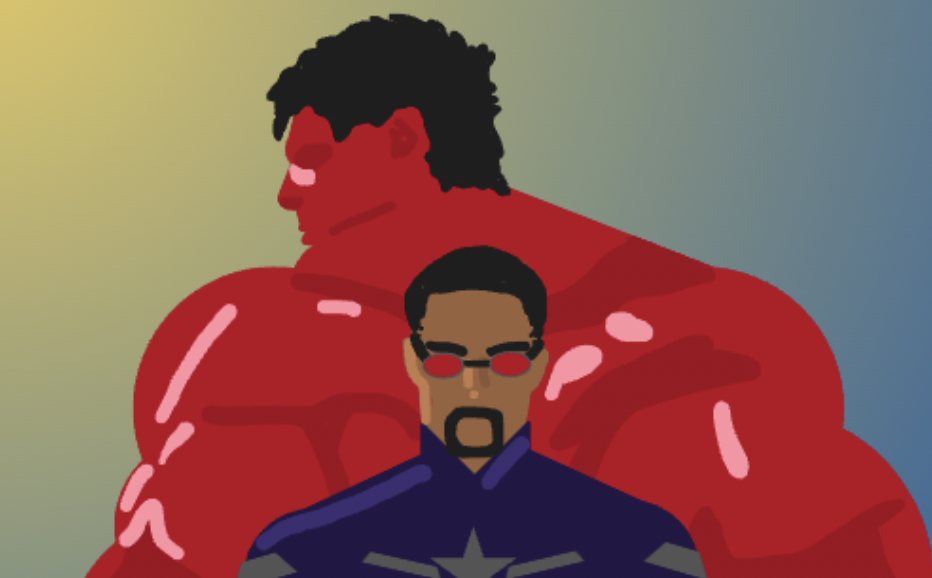
Captain America, the leader of Marvel’s Avengers and a popular hero in pop culture since the early 2010s, has been passed to Anthony Mackie as his character Sam Wilson takes...

Chicken Jockeys, Steve's lava chicken, and everyone's favorite game, the Minecraft movie has finally hit theaters. The long awaited Minecraft movie came out April 4, starring...

From glitchy laptops to overcrowded classes to unreliable air conditioning or heating, public school students and teachers experience numerous challenges on a daily basis...

Only nine days after his inauguration, President Donald J. Trump signed 26 executive orders, including Order 14172, titled, “Restoring Names That Honor American Greatness.”...
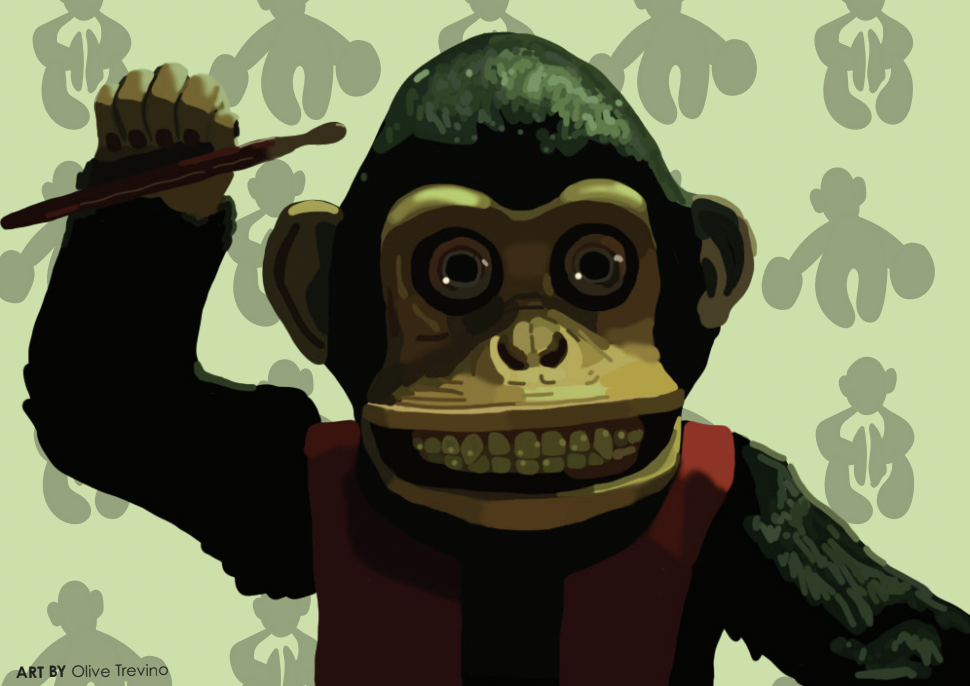
Close your eyes. Imagine your greatest fear, an image that keeps you up at night and sends shivers down your spine. Did you picture a wind-up monkey banging on a toy drum?...
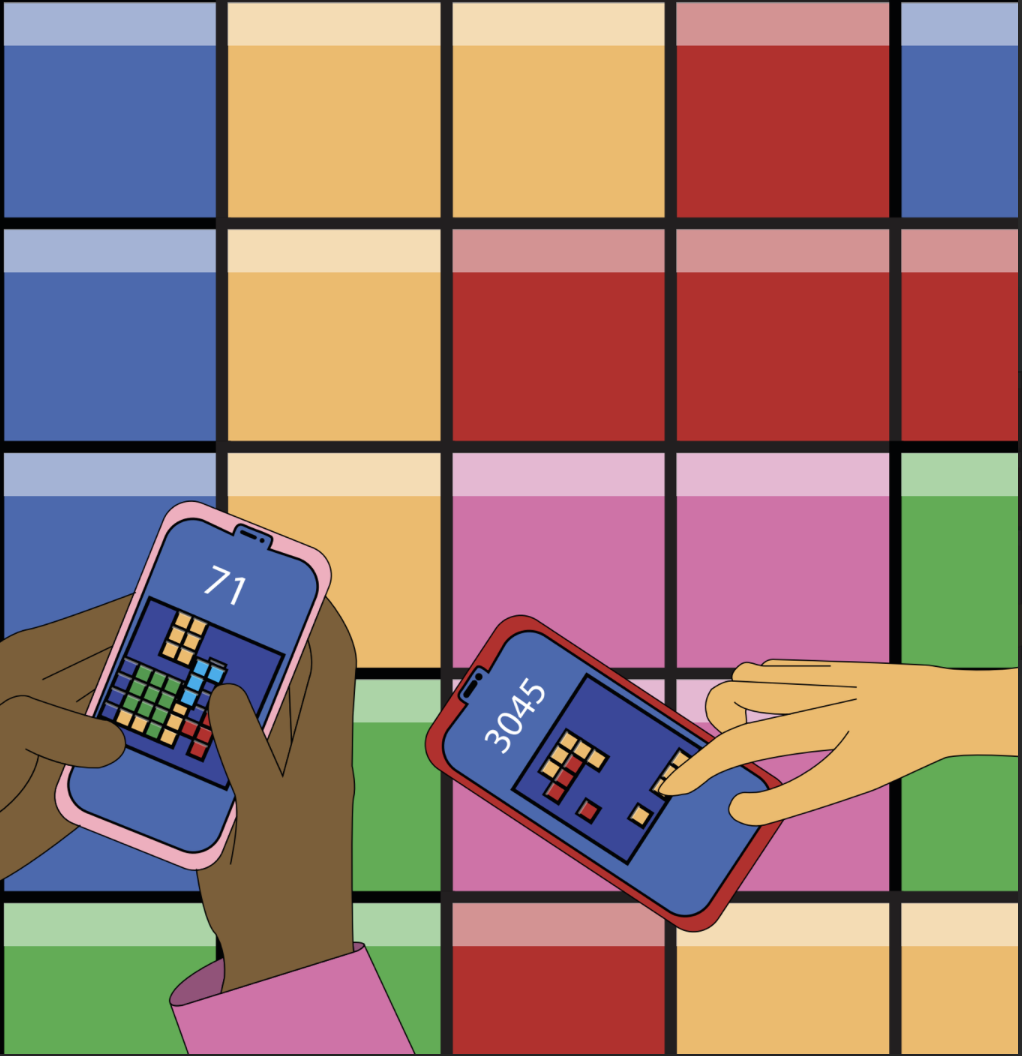
Many people, students and desk jockeys alike, have, at one point or another, played Tetris, and felt the joy and satisfaction of completing a row, and getting that new high...

The sun beating down on the back of his neck, energy tense in the air, the occasional cheer from the sidelines. Hamza Deyaf once was one of the sprinters waiting to take off...

Flour dusts the air as junior Gianna Gonzalez carefully mixes ingredients for her favorite treat, swirling frosting onto a batch of freshly baked cupcakes. With each motion,...


May 6, 2025
Audrey Cullinane, Multimedia Editor-in-ChiefContinue Reading

May 5, 2025
Eliza Williams, Dispatch ReporterContinue Reading

Audrey Cullinane, Multimedia Editor-in-Chief | May 6, 2025

Sofia Yordanova, Dispatch Reporter | May 6, 2025

Eliza Williams, Dispatch Reporter | May 5, 2025

Elizabeth Yowell, Editor-in-Chief | May 5, 2025

Kate Alexander, Dispatch Reporter | May 2, 2025

Olivia Hunter, Dispatch Reporter | May 2, 2025

Editorial Board | May 1, 2025

Bentlee Toland, Entertainment Editor | April 30, 2025

Eve Johansson, Dispatch Reporter | April 29, 2025
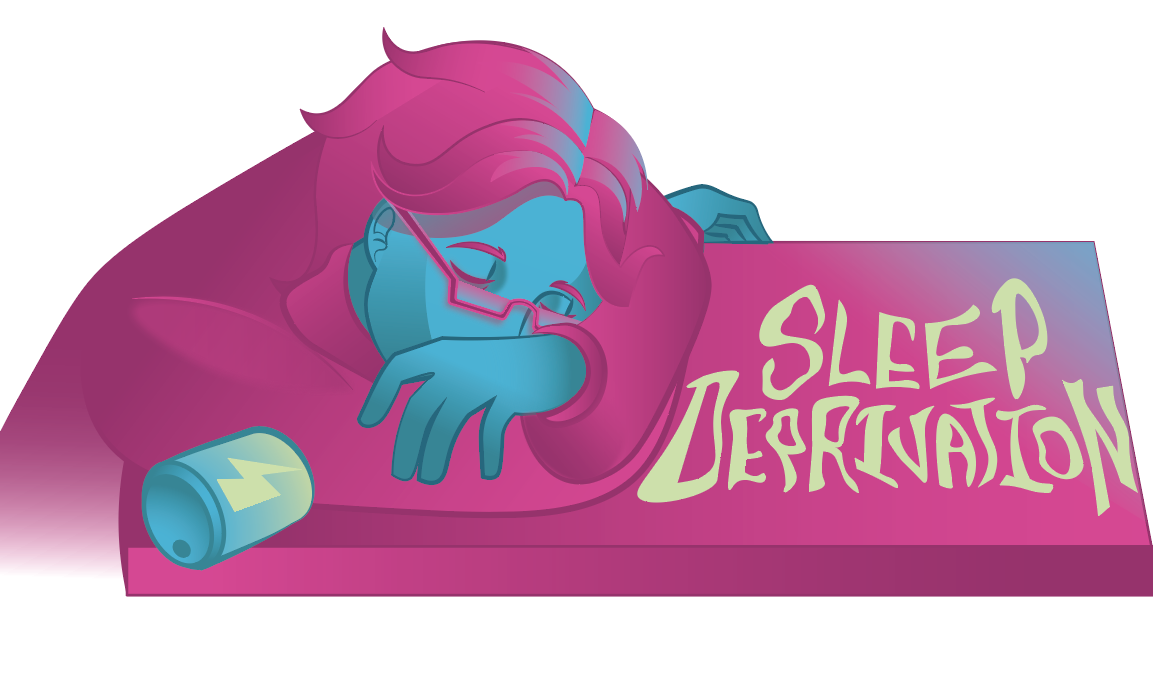
Liberty Pittman, Editor-in-Chief | April 28, 2025

Logan Cottle and Audrey Cullinane | April 28, 2025

Logan Cottle, Dispatch Reporter | April 27, 2025
What do Texans do when their usually hot weather suddenly turns into a snowman-making climate or their roads are suddenly flooded? Junior Kailie Dubbs expressed that the unpredictability of Texas weather...

This week, Bowie celebrates Teacher Appreciation Week by recognizing favorite things of staff members and creating opportunities for students to show their gratitude. Monday’s Character Strong fit session...
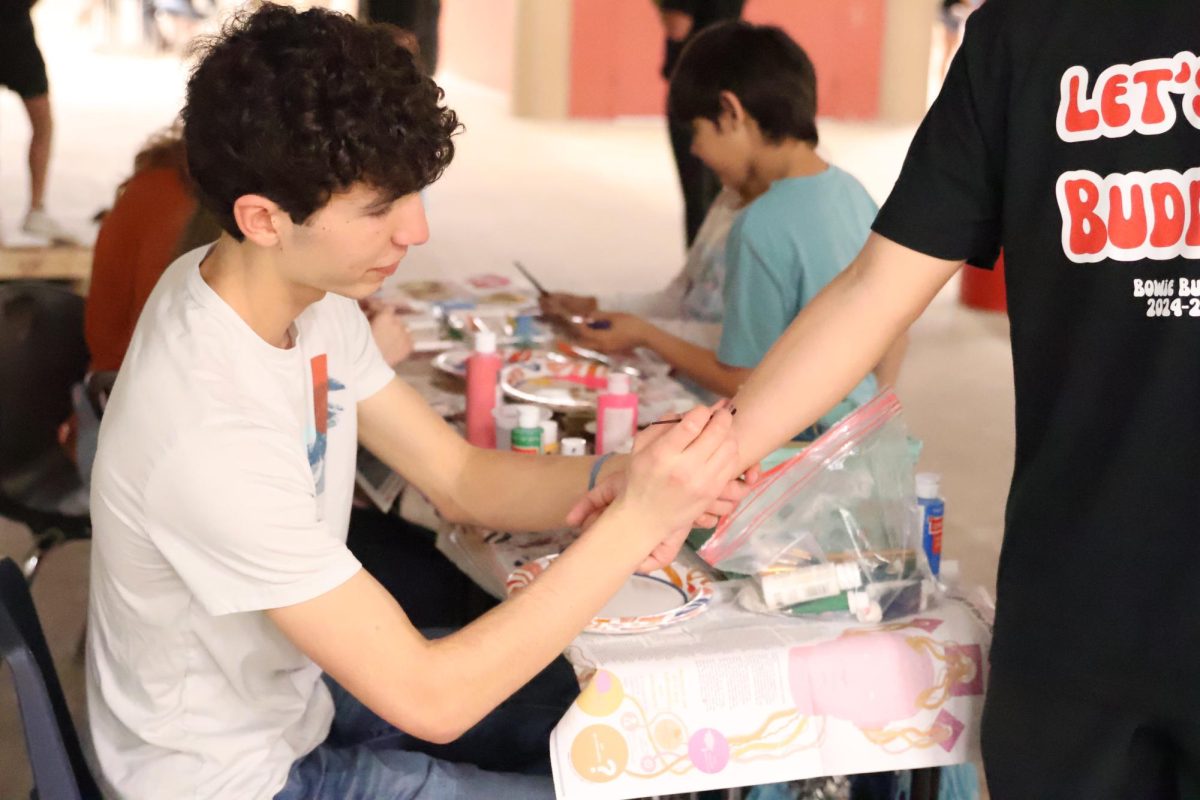
Kids flood the hallways in their western themed costumes, with smiles on their faces as they eagerly wait their turn to participate in thrilling activities. Laughter fills the air as the first official...

From design to stitching, to metalwork, to running, junior Sam Munger watches his projects and goals come to life as he creates unique and stylish clothing pieces. For the past year, Munger has created...

Flour dusts the air as junior Gianna Gonzalez carefully mixes ingredients for her favorite treat, swirling frosting onto a batch of freshly baked cupcakes. With each motion, her beloved cupcakes come to...
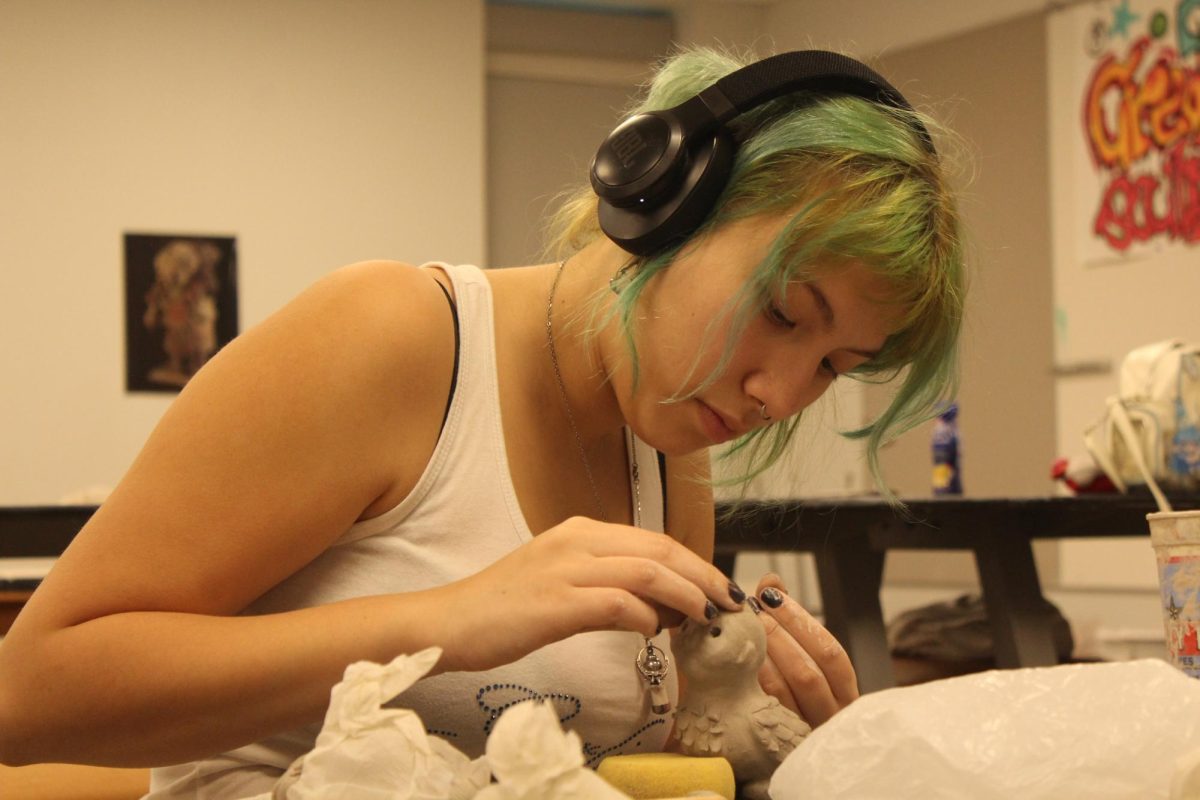
Junior Lilly Pierce, using her hands and different tools to make amazing creations hopes to inspire and motivate her peers around her. Pierce has made sculpture a big part of her life. Her parents...

Coach Jeff Ables was recognized by the University Interscholastic League in Austin for his assistance and dedication to student success, earning the 2024 UIL Sponsor Excellence Award. His focus on player...

The Josh Davis Natatorium in San Antonio was filled with nervous energy as swimmers from all over the region were set against one another to compete for the opportunity to advance to state, but one team...

Smashing the ball towards the opponent, junior foreign exchange student Jil Schwethelm scores yet another point for the Bowie tennis team. Schwethelm is one of the two foreign exchange students on the...

Taking a deep breath, junior Anya Cherukuri adjusts the music on her stand. As the lights dim, she begins to sing alongside the highest-ranking musicians in Texas. Cherukuri was the only Bowie student...

Melodious notes drift from the choir room as students work and prepare for the final choir competition of the year. While each finalist practices their own piece in their own unique voice, love for choir...


Lights are bright and the audience is set as students take the stage to show off their talents. The Student Council and Fine Arts Department presented the annual Bowie’s Got Talent showcase on Saturday,...

Taking a deep breath, junior Anya Cherukuri adjusts the music on her stand. As the lights dim, she begins to sing alongside the highest-ranking musicians in Texas. Cherukuri was the only Bowie student...

Melodious notes drift from the choir room as students work and prepare for the final choir competition of the year. While each finalist practices their own piece in their own unique voice, love for choir...





